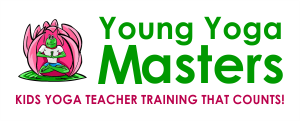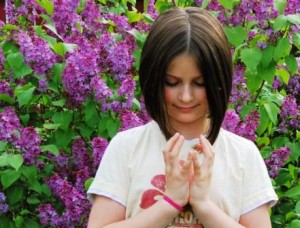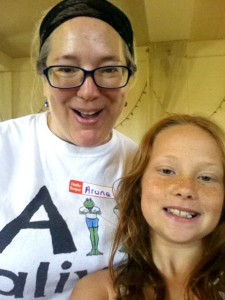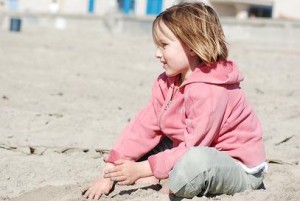In my city, Toronto (Canada), school teachers must guide kids on Character Development … [Read more...] about Character Development: 3 Steps to Integrity
honesty
Classroom Management: Do you ask Questions like these in your Kids Yoga Classes?
When teachers or parents start getting frustrated with children they often resort to asking … [Read more...] about Classroom Management: Do you ask Questions like these in your Kids Yoga Classes?
Character Development: Honesty
( In my city, Toronto (Canada), school teachers guide kids on themes of Character Development. I … [Read more...] about Character Development: Honesty
Character Development: Fairness
( In my city, Toronto (Canada), school teachers guide kids on themes of Character Development. I … [Read more...] about Character Development: Fairness
Kids and Anxiety: What is Thought? (Part One)
Picture by GangaSunshine As all of us who work with children know - stress and anxiety are not … [Read more...] about Kids and Anxiety: What is Thought? (Part One)




